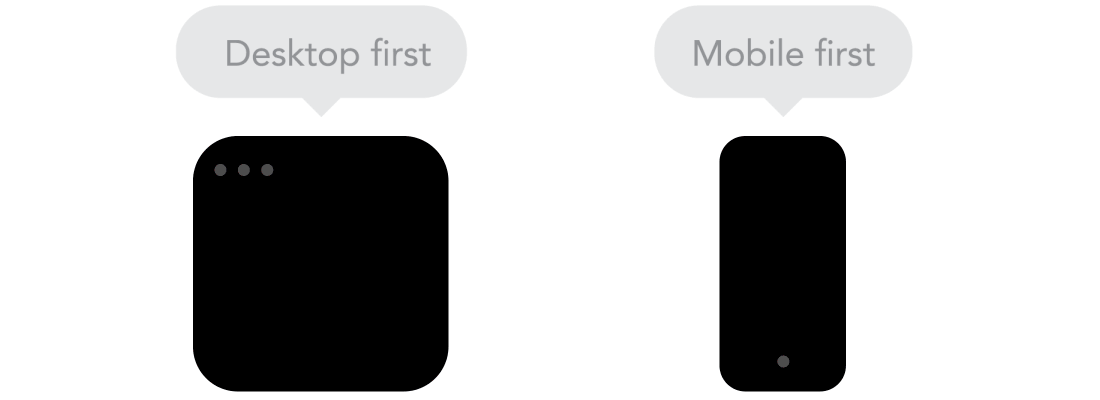
“There’s an App for That,” by CitySourced.

CitySourced (LinkedIn, Twitter, Facebook) is an enterprise platform that provides governments with a complete native mobile app for residents to communicate with every department of their community: Mobile | Web | 311 | CRM.
What do Youtube, Facebook, Amazon, Twitter, and LinkedIn have in common? They all have incredible brand awareness, well known web domains, and rank in the top 25 most popular websites in the world! And yet despite this amazing familiarity with their users, when it comes to smartphone usage they all rely on a native mobile app.
Why would these brands expend time and resources (not that they lack either) on building a native mobile app, when they could just use a responsive website? All are digital products run by very smart people that know two facts about citizens’ digital usage:
- The data shows without a doubt that dedicated apps dominate usage statistics.
- When it comes to delivering a superior user experience on apps, native provides the most robust options.
We’ll get into these reasons in further detail below, but let’s first make sure we’ve got a foundation to understand responsive web and native mobile apps.
The Responsive Web Evolution (Webolution?)

It is a universal truth that local governments need a website to serve as their digital hub. Back in the late 90’s and 2000’s, early adopters were building the first digital footprints for local government services. When you look back at some of these sites, Chicago in 1999, Los Angeles in 2000, and New York in 2000, you see that the pages are dominated by text and links, but lack much in the way of interaction with citizens. These early pages were essentially digital brochures – “Read this info and if you need more info, CALL US!”
As device usage moved away from desktop, web providers realized viewing an entire page on the early iPhone’s 3.5-inch screen was a major strain on your eyes and download speed. Web developers responded by building totally separate, dedicated mobile sites (ex. m.twitter.com) or making an existing page responsive, as in the layout and content responds differently by detecting what type of device you’re using. The latter approach has dominated local government websites.
Fast forward to today and websites are incredibly dynamic and interactive. From initiating the permit process to paying for utilities to enrolling in a Parks and Rec class, local government has embraced digital interaction on the web. However, as these sites grow in functionality and complexity it becomes increasingly difficult to offer an outstanding user experience across the growing number of connected phones and tablets.
Native App Dominates Mobile Usage
As discussed before, the data has made the app vs mobile browser a foregone conclusion. Before I dig into the metrics, you already see this in your daily life. When you check email on your smartphone, do you open the native email app to quickly read and reply to your email messages? Or, do you open a browser, navigate to Outlook/Gmail online, enter your username and password, and then wait to successfully log-in? Of course you do option #1.
Digital media usage time is controlled by mobile apps:
- Mobile apps dominate the mobile web at 87% of time spent on the internet compared to 13%,
- For total time spent on digital media, smartphone apps account for more than 50% compared to 7% on mobile web browsers.
- Users ranging from ages 45-64 spend 48% of their total digital media time on smartphone apps.
- Even citizens 65+ spend upwards of 1.6 hours per day.
So if the mobile conversation is dominated by smartphone apps, why do many local governments have a responsive website but not a native mobile app. There are several reasons, but the most promising is because it was the logical step in a digital progression.
Responsive Web or Native App decision?
You don’t—and shouldn’t—choose only one! We’re unabashed believers in the potential of smartphone technology to transform services at the local government level. But, that doesn’t mean we’re advocating eliminating responsive web. Smartphone apps are the next step in your digital maturation; it’s not an either/or decision.
Smart app usage is the leader, but websites provide a great digital hub especially as it relates to search engines and discovery. Your users will likely find you first via your website. However, a smartphone app allows you to continue the interaction over a longer period. The two work together in harmony.
Supplemental Reading:
